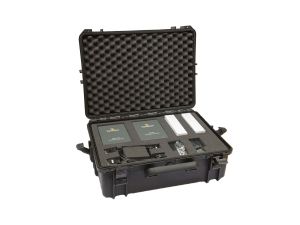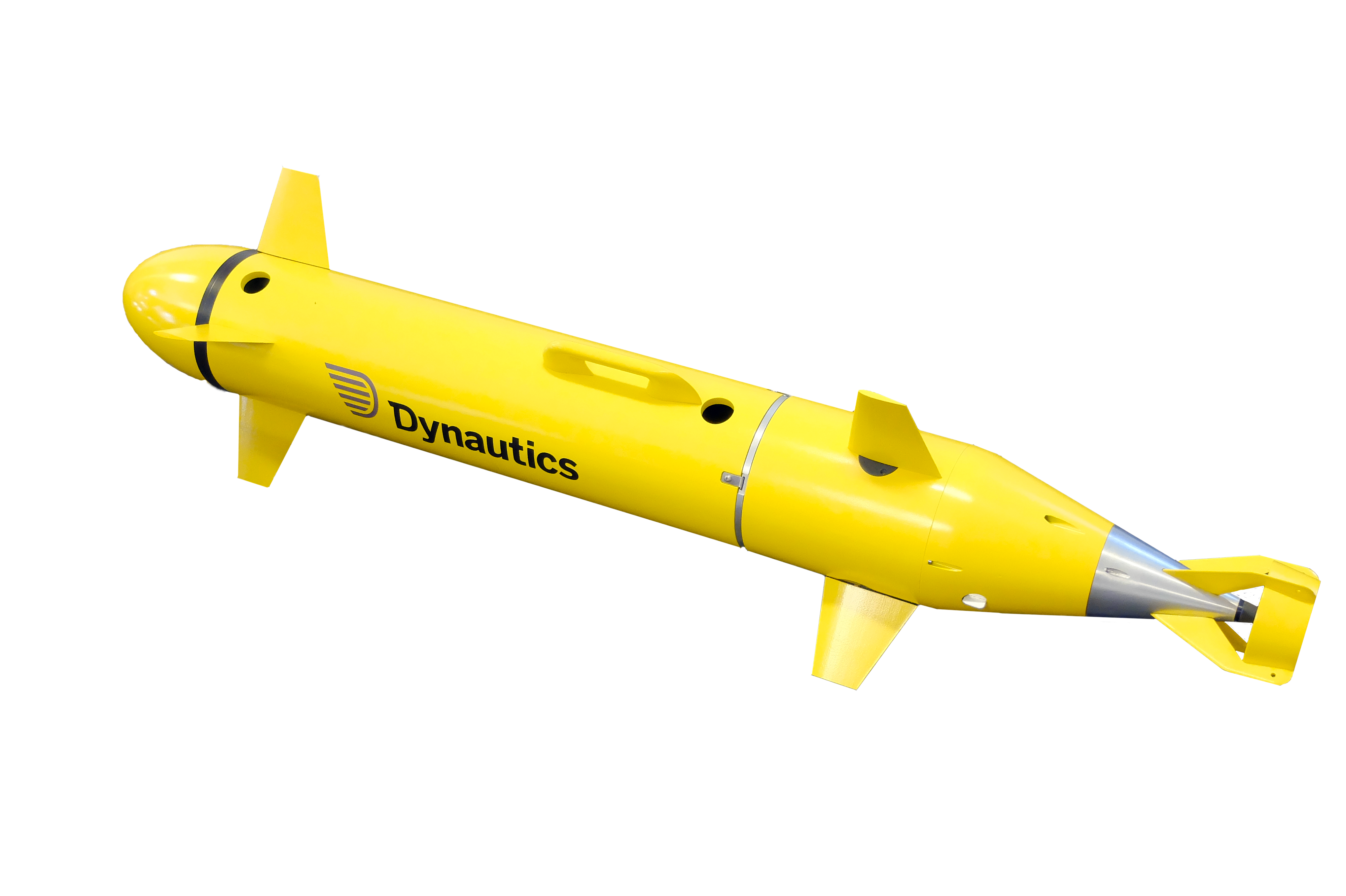The maritime sector has not escaped unscathed from the COVID-19 pandemic, despite being well-versed in change management and inherently familiar with the need for resilience and risk reduction. As a sector however, we have adapted to the new challenges that the global pandemic has presented by leveraging the agility and flexibility that is built into the industry’s infrastructure to overcome seemingly insurmountable problems.
The Society of Maritime Industries (SMI) faced a unique set of issues with the 2021 Marine Autonomy Challenge (MAChallenge). The competition, as its name suggests, is focused on autonomy. If ever a year has demonstrated how increased reliance on remotely-controlled solutions for a range of maritime operations could boost business continuity and give us a glimpse of the future, then this was it.
How then could the SMI tap into the ‘can-do’ mentality of the sector to make this important, forward-looking competition a reality during ongoing, pandemic-related uncertainty? The SMI’s Marine Autonomous Systems Group (MASG) Council took the decision to leverage some of the remote working and control principles that the autonomous marine industry is already pioneering.
MAChallenge objectives
MAChallenge is designed to encourage and support young marine technologists in developing careers that contribute to the future of the UK’s Marine Autonomous Systems (MAS) industry. This academic competition is focused on autonomy and how this might address the huge problem of plastics in our ocean. By linking the brightest upcoming talent with industry at this early stage, we can ensure that the autonomous revolution continues both on and under the water.
This year, the MASG Council had to figure out how competitors could develop their solutions without physical access to the boats, the water and other hardware during the early stages of development.
The Council identified three core requirements:
- A virtual environment in which the Uncrewed Surface Vessel (USV) could be tested.
- Remote and mission control of the USV over the internet.
- Transferring from the virtual world to the water for hardware in the loop testing.
The path to mission success
As a pioneering provider of intelligent technology to control uncrewed marine missions worldwide, Dynautics, a new member of the SMI, uses logic, precision and scientific integrity to solve the toughest and most complex marine control challenges. The Dynautics management team worked closely with the MASG Council to develop a robust competition roadmap, harnessing current marine simulator innovations to ensure the future resilience of the maritime sector that the competition aims to foster.
Virtual testing environment
Dynautics proposed that contestants use their Ship Simulator (Ship Sim) to create a simulation model of the uncrewed vessel by defining key elements such as propulsion, steering and hull characteristics. This Uncrewed Surface Vessel (USV) simulation model is then placed in the virtual environment, which can be dynamically manipulated by adjusting the sea state (including wave height, period, wind direction, tide and current) as well as by overlaying cartography.
Using this virtual world, USV capabilities can be explored in a range of environments. The behaviour of the vessel in each environment can be recorded and the effects of changes to control systems and algorithms easily studied. All aspects of the USV’s capabilities can be explored, monitored and changed quickly and efficiently.
The virtual elements of the simulator interface with real-world hardware, in this case the Dynautics SPECTRE E-boat Autopilot, to allow full, dynamic system behaviour testing. In effect it is a full vessel sat on the bench next to the contestants, allowing them to develop the USV and environment that it must operate in.
Virtual simulation to on-water reality
The contestants are also being supplied with the Dynautics E-Boat control system. This hardware is supplied with pre-installed configurable firmware, exactly mirroring the real hardware that is fitted to the USV platform supplied by Southampton University.
The E-Boat control system will be the core element in the architecture providing control of the twin thrusters, a communications gateway, GPS interface and connection to the mission PC. This gives the contestants the ability to develop their control algorithms in the virtual world before transferring them to the real vehicle, confident in the knowledge that the systems are tuned and ready to go.
Remote and mission control over the internet
The final building block is Dynautics’ Remote Control Window (Dynautics RCW) to remotely control both the virtual and the real USV. This use of common tools helps to ensure a seamless transfer from the development lab to the real-world, on-the-water competition. The operator can be located anywhere in the world and have real-time control and visibility of the mission over the internet.
This suite of tools for remote working, remote control and moving seamlessly from a virtual world to the real working environment provides contestants with all they need to take on the MAChallenge. The competition is a chance for university students to demonstrate hardware, firmware and team working skills with a practical real-world application.
“The maritime industry has shown a high level of resilience to the COVID pandemic. Specifically, digital technologies and innovation in the MAS sector have risen to the challenge of enabling complex marine tasks to be performed remotely. It is a fantastic time to be running MAChallenge 2021 and encouraging young talent to join this thriving sector. I would like to take this opportunity to thank our industry sponsors and partners, without whom this competition could not be realised. It is a great example of the UK MAS industry pulling together despite recent challenges.”
Tom Chant, Chief Executive of SMI
Maritime Autonomous Systems (MAS) are of increasing importance to a wide range of sectors. This competition is a chance for the next generation of marine technologists to demonstrate hardware, firmware and team working skills and apply them to a practical, real-world challenge.
The UK is already a technology leader in this area. By enhancing this reputation, we can collaboratively encourage the development and future take-up of MAS technologies in the UK.

